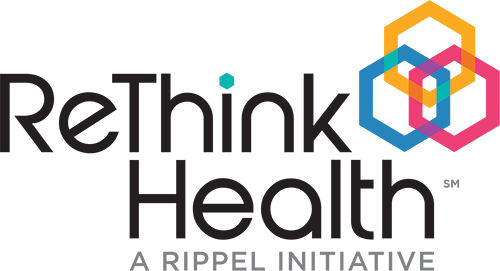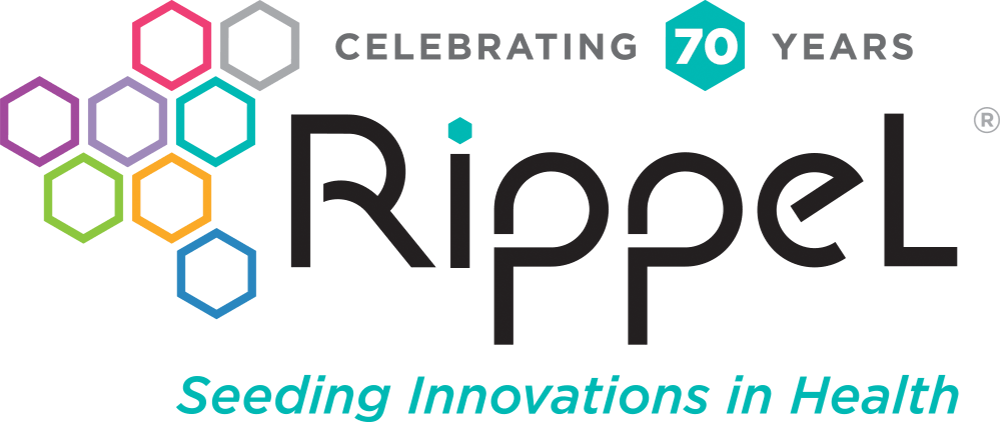
Community Activation for
System Stewardship
These are some of the earliest questions the ReThink Health pioneers sought to address in 2009. From 2009-2019, ReThink Health adapted and tested a teachable “Community Activation” framework in multiple projects, each designed with the intention of learning how stewards can activate non-traditional, community stakeholders to join the work of transforming the system that produces health, well-being, and care in their regions. The framework was informed by the tradition of social movement building and community organizing, and codified by Marshall Ganz, a ReThink Health Pioneer and senior leadership, organizing, and civil society lecturer at the Harvard Kennedy School.
The most recent effort involved training a nationwide workforce to use the methods of community organizing to improve health care quality and, as a result, achieve the Triple Aim.
The goals of the effort were to help stewards:
- Align stakeholder groups across the care continuum on priorities, activities, and measures
- Create community linkages to address population health and disparities of care
- Build partnerships within communities to support patients transitioning between care settings
Under a five-year scope of work from the Centers for Medicare and Medicaid Services (CMS), CMS’s National Quality Improvement Coordinating Center, Telligen, contracted with ReThink Health to design, implement, and refine a training program for their quality improvement workforce. Together, we designed the program to equip leaders and community stakeholders with leadership methods that intentionally build community and coordinate collective action across traditional organizational boundaries.
We defined leadership as “accepting responsibility for enabling others to achieve shared purpose under conditions of uncertainty.” The program offered stewards specific skills to build strategic relationships across settings, grounded in mutual commitments they develop together based upon shared values. It also taught stewards to foster a distributed leadership structure of teams and relationships, designed for coordinated action.

What We Did
In response to the developmental needs of participants, we designed three main program courses over the duration of the five-year project: Foundational Leadership Skills, Advanced Coaching, and Train the Trainer. Highly-focused on skill practice, the program design prioritized leadership development and coaching through a series of increasingly challenging steps, moving from learner, to coach, to trainer as stewards addressed local constraints and opportunities in their regions. Participants spent an average of two to three hours per week incorporating the use of the tools into their work.

We began with a 22-week, online Foundational Leadership Skills course designed to help stewards learn to apply community organizing practices to quality improvement. Every other week, participants watched or took part in short (5–10 minute) video lectures or exercises, and then attended online bi-weekly meetings focused on skill practice. Over the five years, this course was offered three times, and had 291 participants.
Next, we designed a six-week, online Advanced Coaching course designed to help stewards solidify the application of their foundational leadership skills in their regions.This course was also offered three times, and 40 percent of the attendees of the original course also took this course.
After the first year, we developed a 12-week, online and on-site Train the Trainer program and began running it concurrently with the first two courses. In this course, stewards learned skills necessary to train local community-based stakeholders in collaborative leadership practices, including:
- Creating a motivating narrative and call to action
- Stakeholder and asset mapping for strategic recruitment
- Relationship building on the basis of shared values
- Establishing conditions for teams and coalitions to collaborate effectively
- Distributing leadership through collective decision making, delegation, and accountability
- Securing commitment to collective action
- Using the framework of a campaign to advance community goals
- Peer coaching
Impact and Effectiveness
Long-Term Changes in Participants’ Approach to Community Activation
Longitudinal surveys carried out over the course of the five-year project show sustained shifts in the participants’ approach to engaging community stakeholders since beginning the program:
- All 2018 longitudinal survey respondents reported that they continue to apply the skills to their work from six months to three years after program completion (n=79)
- 98% of the 2019 longitudinal survey respondents reported that the program enabled them to help their teams or coalitions work more effectively (n=82)
- 98% of the 2019 respondents reported that they are working differently as a result of the program (n=79)
- 84% reported that the program affected their approach to new stakeholder recruitment (n=80)
- 93% of 2018 respondents stated that the program has helped them forge strategic relationships within communities that will sustain the work over the long-term (n=42)
High Retention and Commitment to Learning
Over the five-year project period, 252 quality improvement professionals from all 50 states voluntarily earned the online leadership course completion certification. Additionally, they recruited 39 community members (e.g., frontline health care workers, health care administrators, health care agency employees) to join them in taking the course. Some 40 percent of alumni opted into the Advanced Coaching program and 20 percent (n=50 from 36 states) completed the Train the Trainer program.
Outstanding Reviews from Program Participants
- Average online course retention rates (69%) highly exceeded Massive Open Online Course (MOOC) retention rates (16-22%) (Run by edX, MOOCs are open access courses offered by Harvard, MIT, Microsoft,
and other top universities and institutions, and are widely considered the standard for online learning) - 98% of participants found the courses useful and would recommend to others
- 98% of Advanced Coaching alumni shared the tools and processes with others
Key Lessons and Insights
Stewards working to transform their regional health ecosystems will benefit from these lessons and insights from Community Activation for Health System Stewardship:
There are no short-cuts to developing stewardship capacity. Stewards wanting to develop the stewardship capacity of people working across their region’s health ecosystem must make a sustained commitment to developing their leadership. The average amount of time that our learners voluntarily dedicated to building foundational skills was 22 weeks, with a two-to-three-hour-per-week commitment. Advanced alumni spent 40 weeks developing these skills, most of which was in the field. (Not to mention, these are just some of the stewardship capacities they need to transform their health ecosystems!)
Value the ground game. If stewards are serious about engaging people are organizations in their regions, they must have the resources put aside for it, as well as support from executive leadership of any organization they are part of. This will allow them to spend time building intentional relationships. The relational investment in “slowing down to go fast” facilitates more effective and efficient collaboration and collective action.
Allow for emergent co-design with participants. The program courses (Foundational Leadership Skills, Advanced Coaching, and Training Trainers) emerged in response to the developmental needs of participants. Lead partners’ willingness to pivot to meet those needs was critical to success.
Measure collaboration. Devote effort toward the development of a measurement system that analyzes the effect of organizing practices on implementation strategies and outcomes. This is critical to building the case for ongoing investment in a long-term, sustained level of leadership development.
This training program design improves workforce culture and collaboration. Organizing practices broadened participants’ identity from the role of “expert” (over relying on evidence-based guidelines and “return on investment” metrics) toward the role of “integrator” (driving mutual commitments based on values such as the pursuit of positive patient experiences and Triple Aim outcomes).
Meet Our Project Team



Kate Hilton



